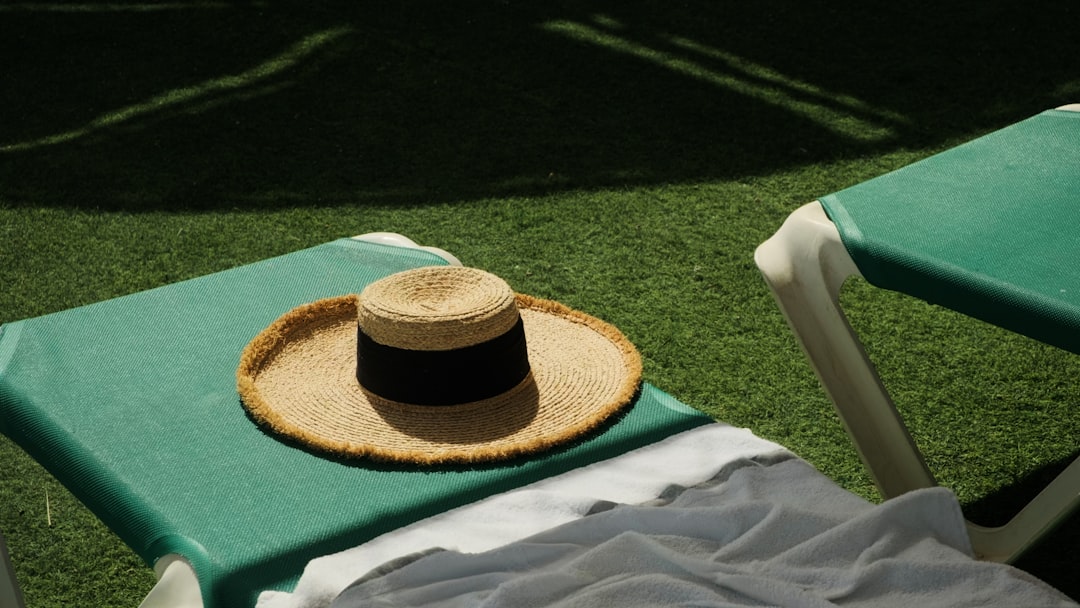Revitalize Your Garden with Old Clothes

When it comes to gardening, we often focus on the obvious elements like soil, seeds, and fertilizers. However, there's a hidden resource right in our closets that can significantly benefit our garden plants: old clothes. When these garments can no longer be donated, they can still play a crucial role in helping our gardens thrive. Let's explore some creative ways to use old clothes in your yard.
One of the most practical uses of old clothes in the garden is as mulch. Mulch is a layer of material placed on the soil surface to retain moisture, suppress weeds, and regulate soil temperature. Instead of buying expensive commercial mulch, you can cut up old cotton t - shirts, sheets, or towels into small pieces. These fabric pieces can be spread around the base of your plants. Cotton is a natural material that will gradually break down, adding organic matter to the soil as it decomposes. This not only helps the plants grow but also enriches the soil over time. For example, if you have a flower bed, spreading mulch made from old clothes can keep the soil moist during hot summer days, reducing the need for frequent watering.
Old clothes can also be transformed into plant ties. When your plants start to grow tall and need support, you don't have to rush out to buy plastic plant ties. Take an old sock or a soft piece of fabric and cut it into strips. These strips can be used to gently tie your plants to stakes or trellises. The softness of the fabric ensures that it won't damage the delicate stems of the plants. For instance, if you're growing tomatoes, which tend to grow tall and heavy with fruit, using fabric ties can help keep the plants upright and prevent them from breaking under the weight of the tomatoes.
Another great idea is to create a compost cover with old clothes. Composting is an essential part of gardening as it produces nutrient - rich soil amendment. However, compost piles can sometimes attract pests or dry out too quickly. An old blanket or a large piece of fabric can be used to cover the compost pile. This helps to retain moisture, keep pests out, and maintain a consistent temperature inside the pile. The fabric will also allow air to circulate, which is important for the decomposition process. You can simply drape the old clothes over the compost pile and secure the edges with stones or bricks.
If you have a problem with slugs and snails in your garden, old clothes can come to the rescue. Dampen an old piece of cloth and lay it in the areas where slugs and snails are commonly found. These pests are attracted to the moisture and will crawl under the cloth. In the morning, you can simply pick up the cloth along with the slugs and snails and dispose of them away from your garden. This is a natural and chemical - free way to control these garden pests.
Old clothes can even be used to create a makeshift greenhouse. If you have some small plants that need protection from cold weather or strong winds, you can build a simple frame using bamboo sticks or PVC pipes and cover it with an old bedsheet. This creates a micro - climate around the plants, keeping them warm and sheltered. You can also use old clothes to line the inside of a cold frame to provide additional insulation. This is especially useful for starting seedlings early in the spring or extending the growing season in the fall.
In addition, you can use old clothes to make plant labels. Cut small pieces of fabric and write the names of your plants on them using a permanent marker. Then, attach these fabric labels to stakes and place them next to the corresponding plants. Unlike plastic labels, fabric labels are more environmentally friendly and can add a rustic charm to your garden.
As you can see, old clothes have a multitude of uses in the garden. By repurposing these items, you not only give them a new life but also contribute to a more sustainable and cost - effective gardening practice. So, the next time you're about to throw away an old shirt or a pair of pants, think twice and consider how it can benefit your yard garden.